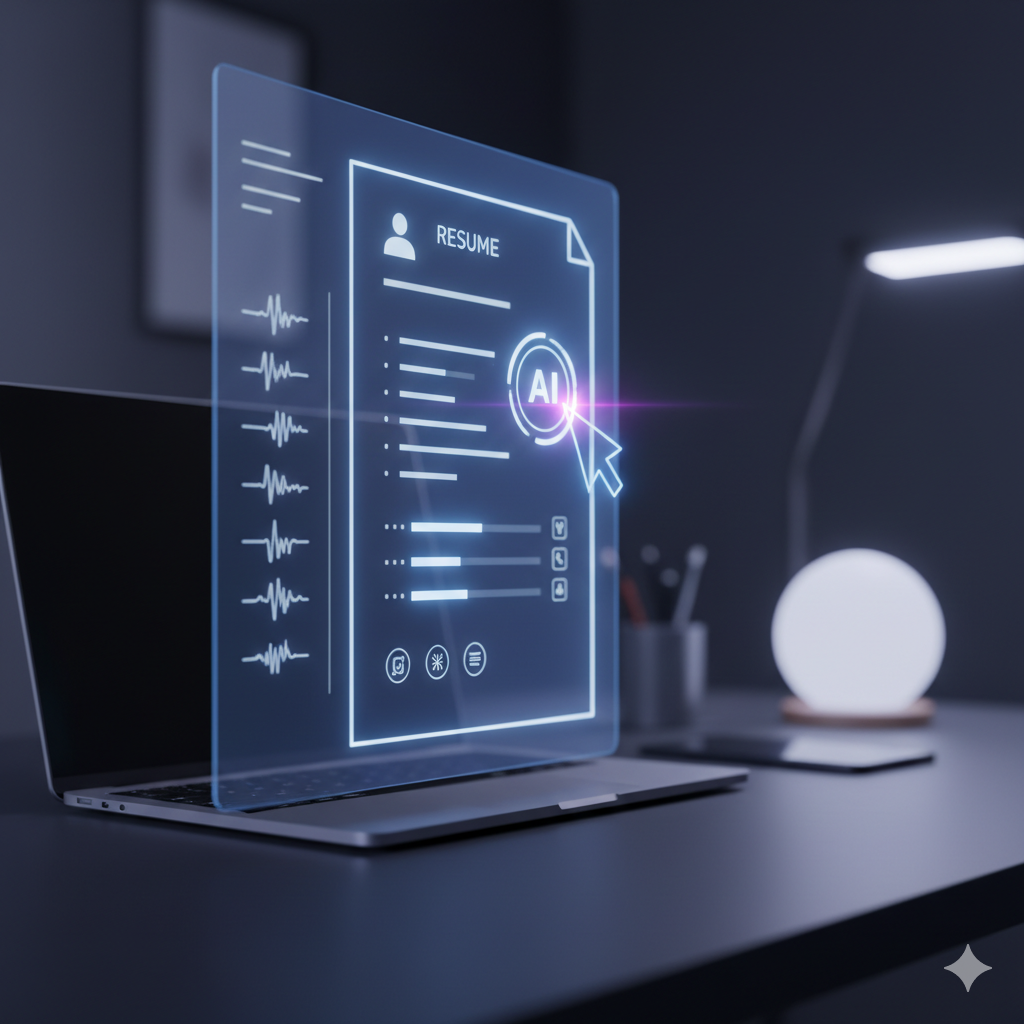The AI Hiring Loop: Why Job Seekers Are Losing Out
Think about how most people look for jobs today. It used to be about carefully writing a resume, drafting a personalized cover letter, and making sure your application reflected who you are. Now, with tools like ChatGPT at their fingertips, many job seekers, especially young professionals, are leaning heavily on AI to write their applications. On one level, it makes sense. Writing about yourself is hard, and if technology can polish your words or make them sound more professional, why wouldn’t you use it?
But here’s where the spiral begins. Employers, overwhelmed by hundreds or even thousands of applications for a single posting, have also turned to AI. According to a report from The New York Times, applications submitted on LinkedIn have jumped 45 percent in the past year, with the platform now averaging about 11,000 applications per minute. Faced with that number, it’s no wonder companies are relying on automated systems to scan resumes for keywords, filter out applicants who don’t fit a predefined mold, and rank candidates long before a human ever sees their name. It’s fast, efficient, and promises to make hiring more objective. At least, that’s the theory.
What we’re seeing now is a collision of these two forces. Candidates use AI to write resumes tailored to beat the algorithms. Employers use AI to detect patterns that may or may not matter. The result? A job market where AI is essentially “talking to itself,” while humans, both applicants and hiring managers, struggle to connect.
The Vicious Loop Nobody Asked For
The irony is hard to miss. Job seekers polish their resumes with ChatGPT, feeding in the job description and asking the tool to spit out a perfectly matched application. At the same time, hiring platforms rely on AI to parse those very same resumes, reducing them to keyword matches and probability scores.
The loop extends even further; many companies now use virtual interview platforms that employ AI to analyze video responses, evaluating tone, facial expressions, and word choice before a human recruiter ever sees the candidate. In both resume screening and automated interviews, human judgment is bypassed, and applicants can be filtered out based on patterns that may have little to do with their actual skills or potential.
The result is a cycle where candidates optimize for algorithms rather than the roles themselves. Highly qualified applicants can be overlooked, underrepresented groups may face barriers, and recruiters struggle to identify the talent their organization truly needs. The consequences go beyond frustration; without careful oversight, AI can erode candidate experience and expose organizations to legal and compliance risks.
Legal and Practical Risks Employers Can’t Ignore
Laws are evolving to address how automated systems impact recruitment, and companies that overlook these risks may face serious consequences.
For example, California’s SB 53 and Illinois’ HB 3773 reflect growing expectations for transparency and fairness in AI-driven decision-making. These laws require employers to disclose when AI tools are used in hiring and to ensure that automated systems don’t introduce bias that could screen out protected groups.
Real-world cases highlight the stakes. In Mobley v. Workday, plaintiffs alleged that an AI-driven applicant filtering algorithm disproportionately disqualified older candidates, a claim the EEOC supported under anti-discrimination laws. This illustrates how AI can unintentionally perpetuate bias when human oversight is absent.
Beyond legal exposure, overreliance on AI can damage your employer brand. Candidates who feel evaluated by faceless systems, whether through AI-analyzed resumes or virtual interviews, may form negative impressions and disengage, leaving organizations at risk of losing top talent.
Breaking the Loop: Restoring Balance in a Broken Job Market
The job market is broken because AI is talking to AI, leaving human judgment out of the process. The AI Shift helps employers break the cycle, ensuring AI supports decision-making rather than replacing it. This allows candidates to be evaluated fairly and recruiters to see the full picture of a candidate’s potential.
By reviewing AI-driven hiring workflows, identifying risks, and implementing thoughtful oversight, we guide organizations toward a process where human insight and technology work together. The result is a hiring experience that’s more transparent and effective for both parties.
Used responsibly, AI can streamline tasks without taking the human element out of hiring. Organizations that combine AI efficiency with human oversight can restore fairness, improve the experience, and attract the talent they truly need.
Want to stay ahead of the curve? Subscribe to The AI Shift newsletter to get the latest updates on AI in the workplace, changing regulations, and practical strategies to keep your organization compliant and competitive.

